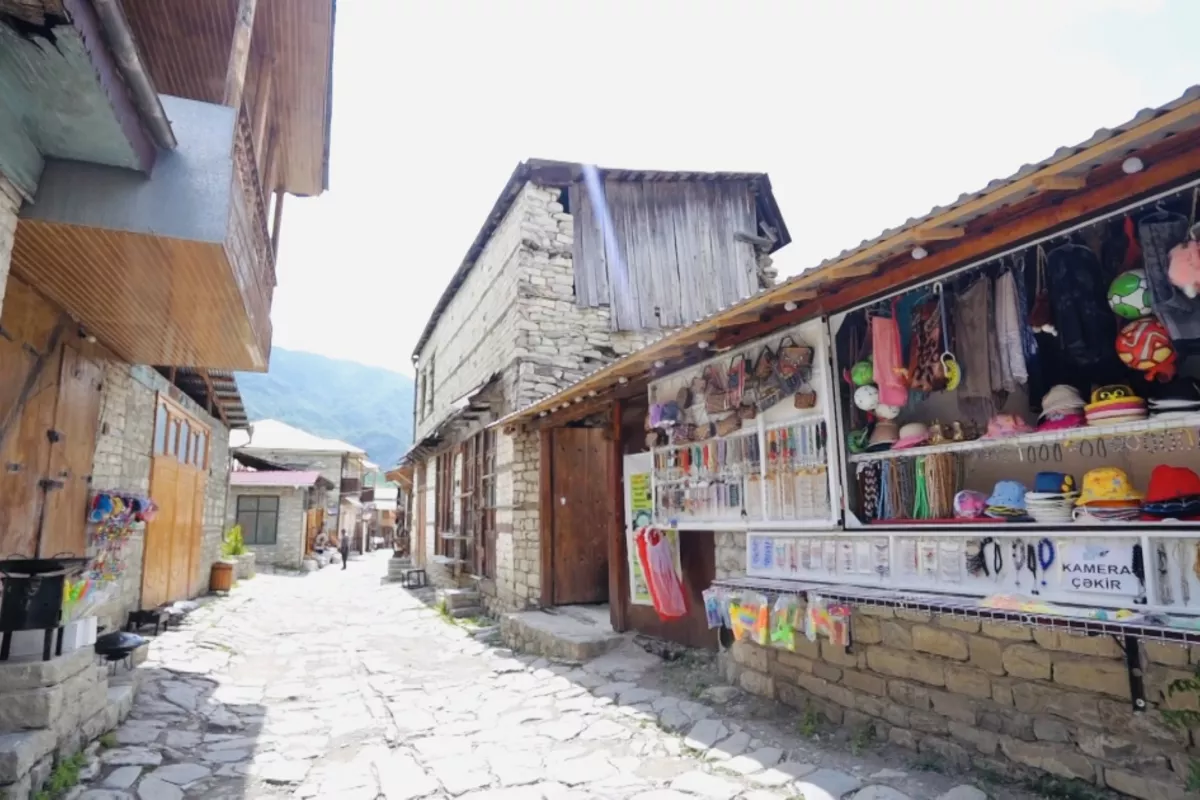
Photo: Azertac
One must turn onto a paved mountain road and leave the Mughanli-Ismayilli highway that is rather narrow in order to get to Lahij. This route feels like more than a journey to a village-it’s a passage through time.
Before even arriving in Lahij, travelers are greeted by a suspension footbridge linking the mountains. For any traveler, stopping here to snap some pictures, listen to the gentle roar of the river, and take in the scenery makes for a memorable experience, The Caspian Post reports citing AZERTAC.
Continuing by car, the winding mountain road cuts through rugged cliffs. The landscape resembles a fairytale: massive boulders, majestic mountains, lush greenery, and the continuous whispers of the river create a mesmerizing view.
Eventually, the town of Lahij reveals itself. Lahij immediately captivates visitors with its distinctive architecture. Its streets are paved with white stones sourced from the Girdiman River, and two- and three-story houses are built from the same material. Along with a separate water supply network, the town boasts of having a sewage system that has functioned for over a thousand years.
What draws tourists is not just Lahij’s history, unique architecture, and natural beauty-it’s also the settlement’s longstanding role as a center of craftsmanship and trade in the Caucasus since the Middle Ages. Offering their handmade works to both local and international visitors, coppersmiths, hat makers, tanners, and carpet weavers still keep these traditional crafts alive. After all, no wonder they say that in every hammer blow is the echo of an era; in every knot, the memory of a people.
Copper craftsmanship of Lahij, preserved within the State Historical and Cultural Reserve, was inscribed on the UNESCO’s Representative List of the Intangible Cultural Heritage of Humanity in 2015. This recognition affirms that Lahij’s art holds cultural significance not just for Azerbaijan, but for all of humanity.
Located 180 kilometers from Baku and 37 kilometers from the district center, Lahij sits at the foot of the Greater Caucasus Mountains, on the left bank of the Girdiman River, at an elevation of 1,375 meters above sea level, nestled between the Hovdag and Niyaldag ranges. The Lahij Pass is part of the magnificent Niyaldag mountains, reaching heights of up to 1,700 meters. The mountain road consists mainly of narrow paths. While somewhat challenging, it is accessible by car throughout the year.
If I were a tourist, I would certainly make my way to Lahij-this settlement stands out not only for its beauty but for the atmosphere steeped in history and art.
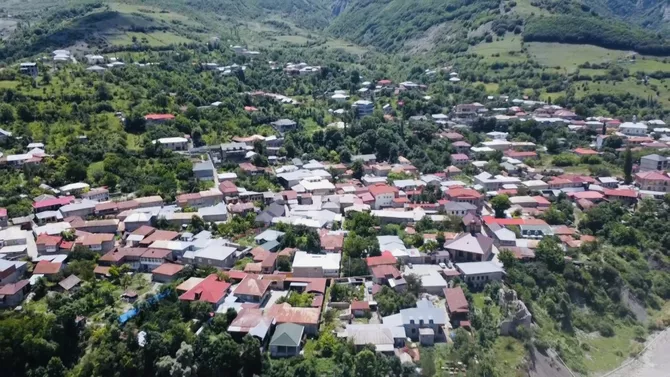
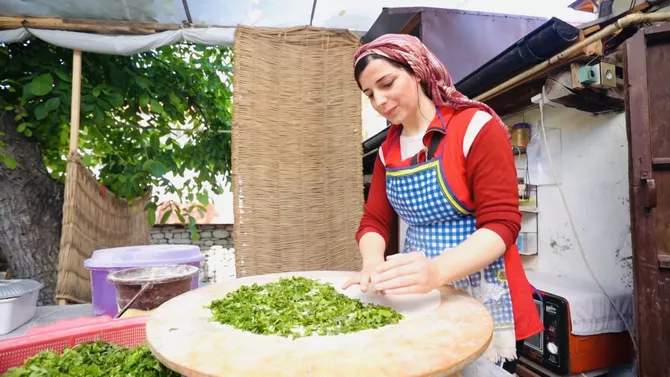
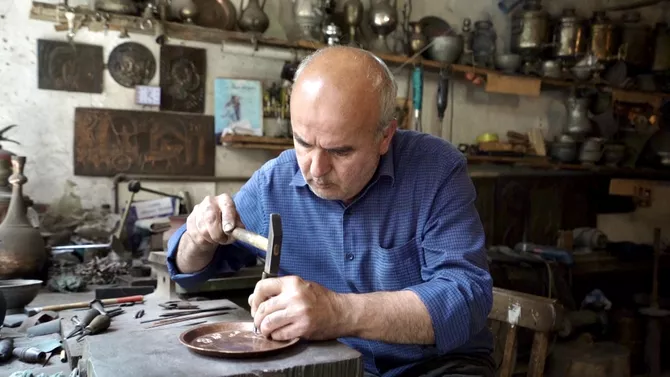

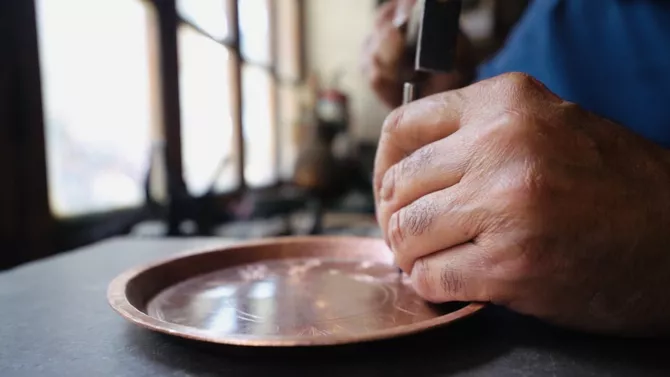
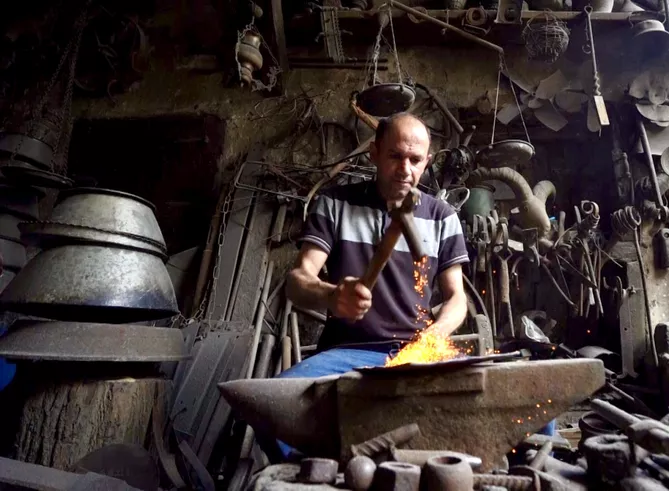
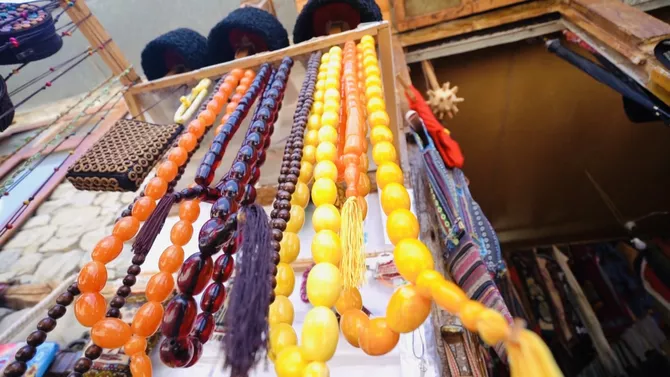
Share on social media